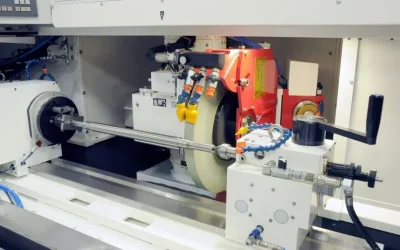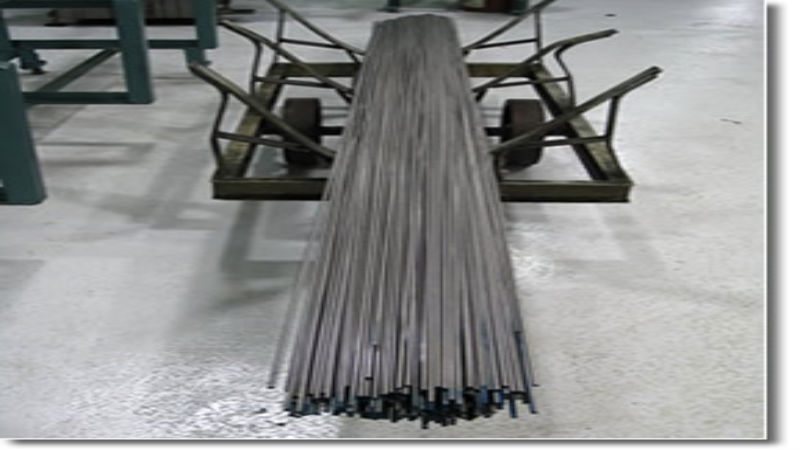Grinding is an abrasive action performed by a wheel – usually rotating composed of abrasive grains held together with a binder. When brought into controlled contact with the material, the grains act as a cutting tool. They fracture in a controlled manner while cutting off the surface flaws, wearing the material down to expose a new surface. One type of grinding utilizing this technique is jig grinding.
What Is Jig Grinding?
Using a jig machine for grinding indicates the operator is performing a finishing process. Its intent is to provide the components or items with smooth surfaces appearance and precise tolerances. This type of machine is known not for cutting wide swathes but for producing the utmost precision. In fact, its tolerances can be as little as .0001″ or .0005″.
Jig machines have two noticeable features:
1. High-speed spindle
2. Small grinding wheel
The latest machines are more mechanized, often employing Computer Numeric Control – CNC for short. Specialized software and diverse hardware ensures increased capacity and speed without reducing the ability of the machine for accuracy in replication repeatedly.
Their Role
Jig grinders play a critical role in production. Its capabilities include both large scale and smaller applications. They are in demand because they demonstrate a repeatedly high level of precision and repeatability in their surface finishes. Even when the demand is for extremely thin walls, grinding machines of this type can deliver. They can produce simple molds as well as complex geometrically shaped parts at a fast rate without a reduction in accuracy.
Applications
Jig grinders play a significant role in producing a variety of applications for various industries. Among them are
* Aerospace
* Automotive
* Electronics
* Food packaging
* Medical device companies
* Tool and die shops
This type of grinder produces:
* Planetary Gear Housing
* Thermoforming Punch – for food packaging
* Die Roll for Tool & Die
* Gear box – automotive
* Pump Liner (Aerospace)
* Bottleneck Mold Test Cube
* LED Mold Plate – electronics
* Carbide Insert
* Tooling Can Top
* Tooling Camera Phone Lens
* Mold Plate
* Formula One Piston Rod
* Razor Blade Punch
* CMM Calibration Plate
* Jig Grinding
For precision grinding of simple or complex components, only one real choice is possible. This is increasingly valid if the demand is for speed and replicability. While some grinders, e.g. Blanchard, are best for handling large components in huge amounts, and others restrict themselves to small loads, jig grinders do not. They can handle large amounts of simple or complex material to produce components that re remarkable precise throughout the run. For higher accuracy and faster production, the only machine for the task is a jig grinding machine.



